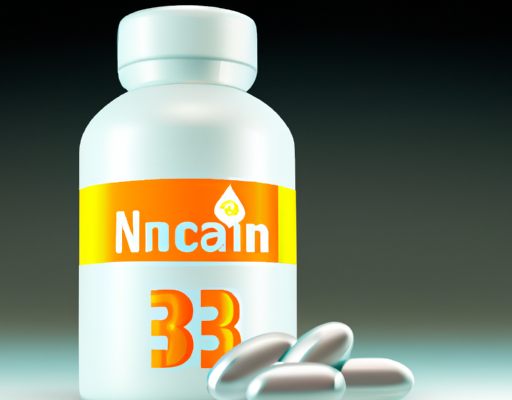1. Symptoms
Seborrhoeic dermatitis is a common skin disorder that presents with itchy, flaky and red patches of skin usually on the face, scalp, chest and back. It can be stubborn and difficult to treat, but with proper care and attention, it can be managed effectively. Symptoms of seborrhoeic dermatitis include red, swollen skin, greasy or dry patches, itchy skin, and dandruff. In severe cases, the skin may ooze, flake and bleed. Seborrhoeic dermatitis can be uncomfortable and embarrassing, but with the right treatment, it can be effectively managed. Seborrhoeic dermatitis can be treated with several types of prescription and over-the-counter medications, including topical corticosteroids, antifungal medications, tar-based products, and shampoos that contain salicylic acid or coal tar.
2. Causes
Seborrheic dermatitis is a common skin condition that affects people of all ages. The exact cause of the condition is still not known, however, there are several factors that may contribute to the development of this condition. Environmental factors, such as cold and dry weather, can trigger the condition. In addition, seborrheic dermatitis can be caused by certain medical conditions, like Parkinson’s disease, AIDS, and certain hormonal disorders. Stress can also be a contributing factor, as well as certain medications. In some cases, the condition may be caused by an imbalance of oil and sweat gland production, or an allergic reaction to a particular substance. It is important to note that seborrheic dermatitis is not contagious, so it is not necessary to avoid contact with someone who has the condition.
3. Diagnosis
When it comes to diagnosing Seborrhoeic Dermatitis, a dermatologist will take a thorough patient history, examine the skin and determine whether there is any evidence of atopic dermatitis, psoriasis, or other disorders. The dermatologist may also take a sample of the affected area and look for the presence of yeast under the microscope. The doctor may order blood tests to rule out any underlying medical conditions that may be contributing to the flare-ups. Once a diagnosis is confirmed, the dermatologist will create a treatment plan to reduce inflammation and reduce the frequency of flare-ups.
4. Treatment
Seborrhoeic dermatitis is a chronic inflammatory skin condition that can be quite uncomfortable and frustrating to manage. Fortunately, there are many available treatments for this condition. Medical treatment, such as topical creams, may be used to reduce inflammation, itchiness and scaling of the skin. Mild corticosteroids may also be used in combination with antifungal medications. Phototherapy and oral medications may be prescribed in cases of more severe seborrhoeic dermatitis. Natural remedies, such as tea tree oil, essential oils, and raw honey, may also help to reduce symptoms. Additionally, people with this condition can benefit from lifestyle changes, such as reducing stress, limiting alcohol consumption, and avoiding harsh soaps and detergents. A combination of these treatments, in consultation with a doctor, can help to improve the symptoms of seborrhoeic dermatitis.
5. Prevention
Seborrhoeic dermatitis can be prevented or limited by following simple steps.
- Start by using a gentle cleanser when showering.
- Avoid using any harsh (scented) body washes which can irritate the skin.
- Once you dry your skin, use a non-fragrant moisturizing cream or lotion.
- If you perspire heavily or live in a hot environment, take frequent showers.
- Avoid wearing angora, wool or other itchy fabrics close to the skin.
Additionally, if you feel the irritation increasing, consult your doctor and use corticosteroid ointments. Following the steps above may help to limit the occurrence of Seborrhoeic dermatitis flare-ups and keep your skin safe and healthy.
6. Outlook
Seborrhoeic dermatitis can cause distress to those who suffer from it, as the flaky skin, itching and redness can be extremely uncomfortable and difficult to manage in the short-term. However, with the right treatment and some lifestyle changes, symptoms can be managed in the long-term and the outlook for the condition is generally positive. If a person takes control of their condition and implements a daily skincare routine, they can usually improve the appearance and feel of their skin. Most sufferers of seborrhoeic dermatitis only need intermittent treatments, as the condition is unlikely to disappear completely. But with the right steps, it can be successfully managed and those impacted can minimise their symptoms and live a happier, healthier life.





No Comments